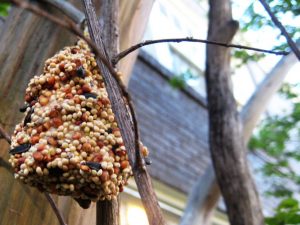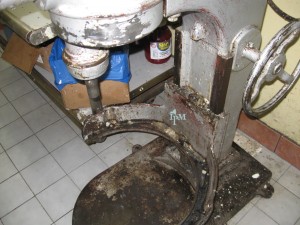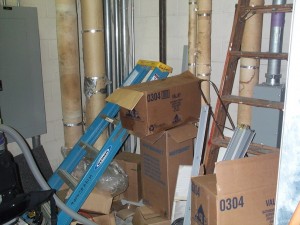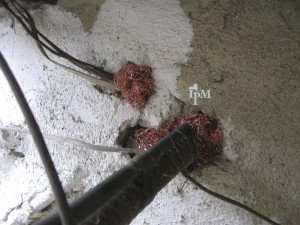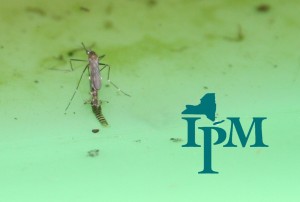Oh, the weather outside is frightful
But a week off from school is delightful
And since cleanup was incomplete
School pests eat, breed and eat, breed and eat. – Tortured adaptation of Let It Snow Let It Snow Let It Snow
I admit to being a Christmas music junkie (Once Thanksgiving is over, thank you. Christmas music in October is ridiculous.) But I might have overdosed a bit as, considering my next blog topic, visions of mice running through empty classrooms danced through my head. (Okay, I’ll stop now.)
At any time of the year, school pests, especially mice, roaches, and ants, will find and consume any food laying around. And sometimes they eat things we might not consider to be food, like glue, fragrant soaps, and their dead brethren.
The holidays, however, bring their own avalanche of new food possibilities. Forget the parties with their crumbs, spilled juiced, and bits of candy that rolled under the radiator. (Actually, don’t forget them. Not forgetting is the point of this post, so we’ll get back to them shortly.) Holiday crafts can be a mecca of opportunity for the critters that make school buildings their home.
By holiday crafts, we mean anything from macaroni art to gumdrop wreaths. As an example of the pest implications of crafts, let’s look at the classic pinecones coated with peanut butter and rolled in birdseed. The small, round milo is a primary ingredient in many inexpensive birdseed and is not even eaten by most birds. The smaller, also round, millet is more popular with birds, but, trust me, both can get everywhere! Although more expensive, black-oil sunflower seeds are high in energy, a favorite of many birds, and, most pertinent to this post, infinitely easier to clean up. (If you’re interested in pursuing this non-pest related topic, the Cornell Lab of Ornithology provides a quick guide to seed types.)
And then there is the run-of-the-mill food opportunities provided by breakfast in the classroom, afternoon snack, and the emergency stash in the teacher’s desk drawer. All of these activities lead to overwhelmed custodial staff, who are likely already understaffed and overworked, and, of course, those happy pests that can feed uninterrupted through the holiday break.
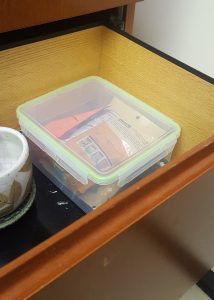
A pest-proof container that fits in a desk drawer is the perfect gift for teacher.
So lend a hand. Pre-plan those holiday crafts and parties with pests in mind and be sure to include a clean-up strategy. Give the students the responsibility for their own messes and the tools they need to clean it up. And, if someone asks you what you want as a gift, pest-proof containers for your emergency stash could be just the ticket.
For more ideas on scrooging pests, see the Texas School Pest News post Don’t make it a Happy New Year for Pests. The NYS IPM Program has put together School Integrated Pest Management: The Four Laws for Keeping Schools Pest-Free and other resources available on our Schools and Daycare Centers webpage.
And make sure you check under the radiator.
Happy holidays!


